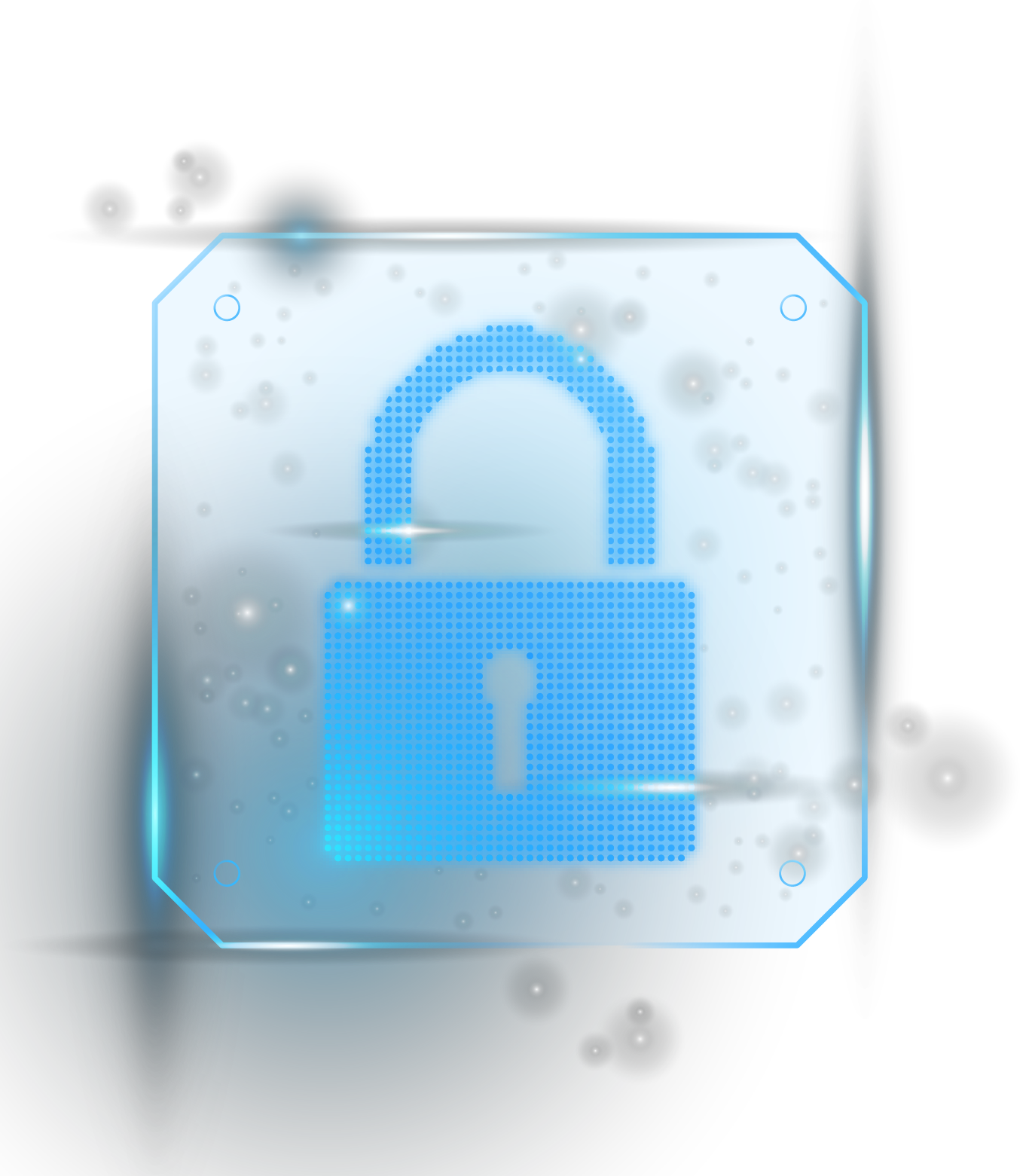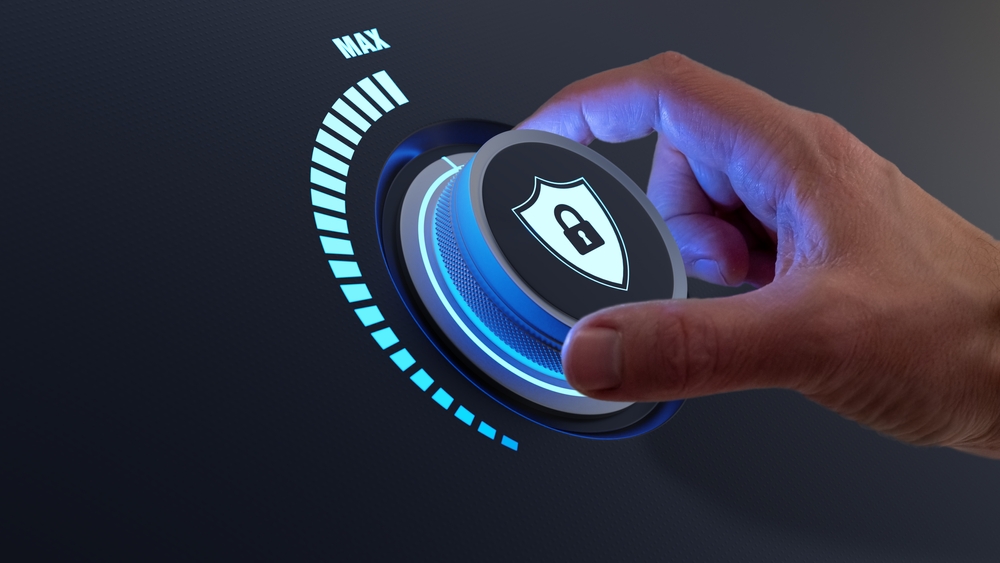IT Support Services
More than support - we're your IT ally in Sydney. Proactive, reliable, and local, we're here to enhance your operations and help you achieve your long-term goals.
24/7 Support
Round-the-clock assistance ensuring issues are resolved swiftly, any time of the day.
Personalised Service
Round-the-clock assistance ensuring issues are resolved swiftly, any time of the day.
Sydney Based
Our team is Sydney based so they’re always on hand to assist when you need them.






